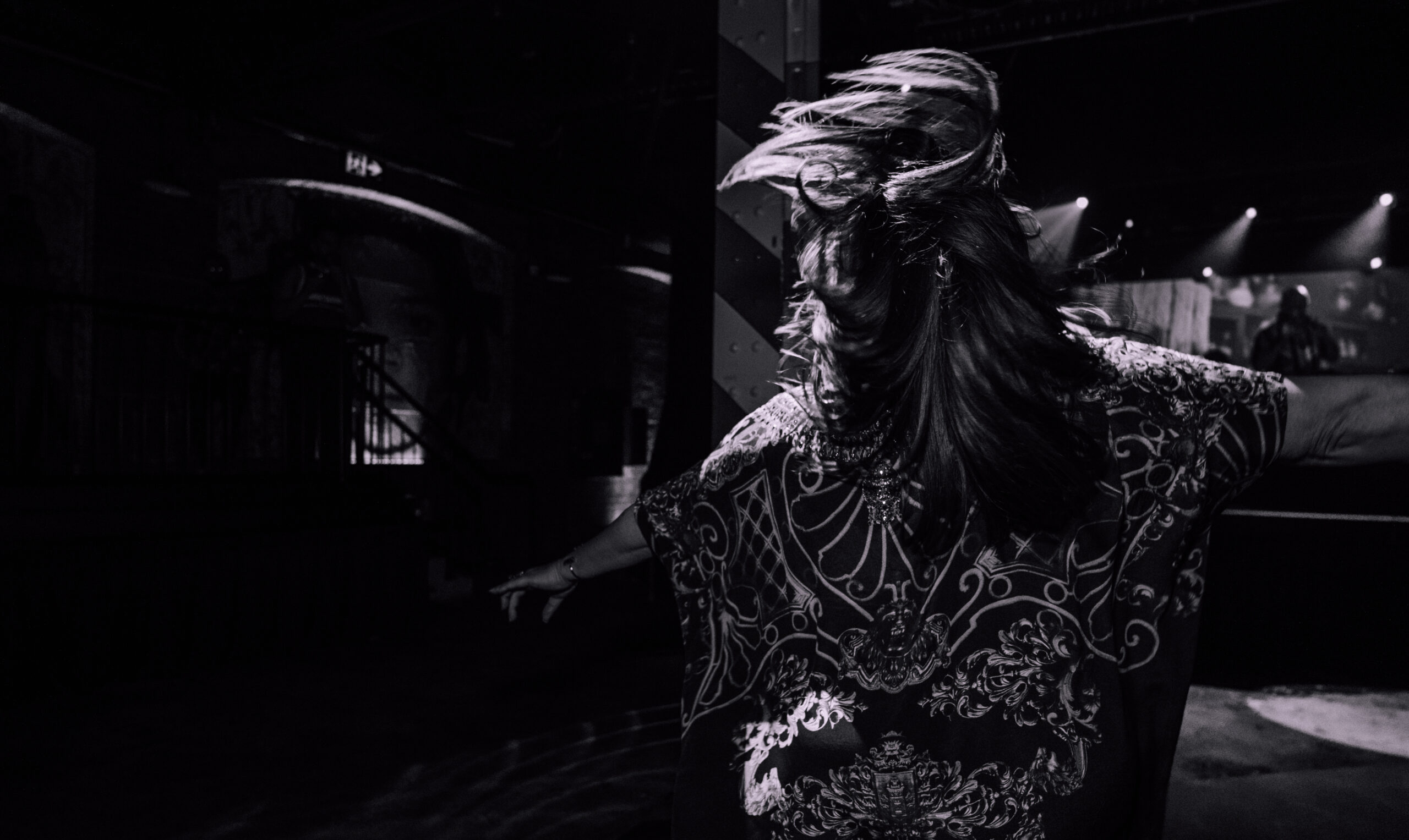SYNCHRONIZING
— at the same time.
we design experiences that inspire meaningful coincidences and harmonious connections.

Current Events
WHY SYNCHRONIZING?
It is low-effort and feels good.
We believe synchronizing
is an antidote for disconnection
Have you ever felt more than one emotion at the same time? Love and frustration, happy and sad, peace and joy. It’s a relief to know that many feelings can synchronize to create a new feeling. This can be one way to repair the disconnect in ourselves and others.
Fall In-Sync With Yourself.
It's when thoughts, feelings and inner experiences are in rhythm with each other. Harmonious connection
your past
We explore your past (and sometimes deep past). We look at the defining life events that have significantly impacted your present life and untangle them.
your present
We observe how your past is impacting your present relationships and notice the thread connecting the past and the present. We start to design a different connection.
your vision
When the tangled web becomes untangled, you have the ability to see a different vision. You are once again inspired, excited and clear about what your vision holds.
SYNCHRONIZING TRANSFORMATION
this is how we attune it
We take what you have already learned, what is true for you and we start to layer it on-top of each other. When you can see how your past, your present and vision — Synchronize, then you can see another way. This is how we make the invisible —Visible. Everything you are doing to get ahead in life makes more sense.

we turn houses into home
if we spend quality time with people unlike us, by revealing the thread that connects us, we can open the door deep harmonious connections and everlasting friendships.
a sense of relief
a sense of resolve
a sense of richness
a sense of rhythm
What can you synchronize?
You can Synchronize anything that has two or more elements.
We show you how to Synchronize
Your Body of Work

Your Body of Work is who you are, regardless of what you have achieved. It becomes visible when you layer the impact of significant events that give you a sense of meaning.
What is the difference between
Synchronizing and Synchronicity?
Synchronizing means 'at the same time; in unison while "synchronicity" relates to the meaningful alignment of events that appear connected having no cause to be connected.
Synchronizing refers to the act of coordinating or aligning activities, events, or processes at the same time. In various contexts, it can imply making things happen simultaneously or adjusting the timing of different elements to ensure they work together harmoniously. For example, in music, synchronizing might involve ensuring that all musicians in an orchestra are playing together in time.
Synchronizing is best left to people who want transformation. Synchronizing can be both a conscious and unconscious process depending on the context:
1. **Conscious Synchronization:** In various aspects of life, individuals actively engage in synchronizing activities. For example:
– In teamwork or collaborative projects, people synchronize their efforts and tasks to achieve common goals.
– When coordinating schedules with others, individuals synchronize their activities to meet at agreed-upon times.
– In personal time management, individuals synchronize their daily routines and tasks to optimize productivity and efficiency.
2. **Unconscious Synchronization:** Some forms of synchronization happen automatically or without deliberate effort:
– Biological processes such as the circadian rhythm synchronize various bodily functions with the natural day-night cycle.
– Social behaviors and cultural norms can lead to unconscious synchronization, such as mirroring body language during conversations.
– Emotional responses and empathetic reactions might lead people to synchronize their feelings with those around them, often without conscious awareness.
While conscious synchronization can be a strategic choice to achieve specific objectives, unconscious synchronization is often innate or influenced by external factors such as biology, culture, and social dynamics. So, while not every act of synchronization may require deliberate effort, it is a prevalent aspect of human interaction and functioning in various contexts.
Self-synchronization, or aligning your own actions, thoughts, and behaviors in a harmonious and coordinated manner, is important for several reasons:
1. **Productivity:** When you synchronize your tasks and activities, you can optimize your time and energy, leading to increased productivity and efficiency. By organizing your schedule and prioritizing tasks, you can avoid wasting time on less important activities and focus on what matters most.
2. **Goal Achievement:** Self-synchronization helps you stay focused on your goals and objectives. By aligning your actions with your long-term aspirations, you can make progress towards achieving them in a systematic and consistent manner.
3. **Reduced Stress:** When your actions are synchronized and well-planned, you can minimize last-minute rushes and avoid feeling overwhelmed by deadlines or commitments. This can help reduce stress and anxiety, leading to improved mental well-being.
4. **Improved Performance:** Self-synchronization allows you to perform at your best by ensuring that you are prepared, organized, and focused on the task at hand. Whether it’s at work, in sports, or in personal endeavors, being in sync with yourself can enhance your performance and results.
5. **Adaptability:** Self-synchronization also involves being flexible and adaptable in response to changing circumstances or unexpected challenges. By maintaining a balance between structure and flexibility, you can adjust your plans and strategies as needed while staying true to your overarching goals.
6. **Personal Growth:** Self-synchronization is a journey of self-awareness and self-management. By understanding your own strengths, weaknesses, and preferences, you can make intentional choices that support your personal growth and development.
Overall, self-synchronization empowers you to take control of your life, make meaningful progress towards your goals, and cultivate a sense of balance and well-being in your daily activities.
There is quite a bit of research out there, some of it flimsy and some of it solid. If you are a nerdy geek and like a good research publication read this work by Psychologist Wilfried Nelles. Dr Karl-Heinz Rauscher has wonderful insight. Also check out our favourite research publications about family constellations is being used to support people experiencing PTSD.
Synchronicity, Coined by Swiss psychologist Carl Jung, synchronicity refers to the meaningful coincidence of events that are not causally related but seem to be connected in some way. It suggests a meaningful relationship between unrelated events, often with a sense of significance or purpose. Synchronicity implies a deeper connection or resonance between events beyond simple chronological or causal coincidence. For instance, you might meet someone unexpectedly who shares the same birthday as you, and this encounter leads to a profound conversation or a significant change in your life direction.
Carl Jung introduced the concept of synchronicity as a meaningful coincidence of events that occur with no apparent causal relationship but are somehow connected by their meaning or significance. He first introduced this concept in the 1920s in his work with patients and later elaborated on it in his writings.
Key points about synchronicity according to Jung include:
1. **Acausal Connection:** Synchronicity involves events that are not connected by a direct cause-and-effect relationship but are linked by their meaning or significance.
2. **Meaningful Coincidence:** Synchronistic events often involve meaningful coincidences that seem to defy rational explanation. For example, encountering a long-lost friend while thinking about them or repeatedly seeing a particular symbol or number in different contexts.
3. **Universal Principles:** Jung suggested that synchronicity operates according to universal principles or archetypes that underlie both the physical world and the human psyche. These archetypal patterns can manifest in dreams, symbols, and synchronistic experiences.
4. **Connection to the Unconscious:** Synchronicity is closely related to the collective unconscious, a concept Jung developed to describe the shared reservoir of archetypal symbols and patterns that exist beyond individual consciousness. Synchronistic events may emerge from the depths of the unconscious mind.
5. **Significance and Meaning:** Synchronistic events often carry personal or symbolic significance for the individual experiencing them. They may serve as messages or guidance from the unconscious, offering insights into one’s life path or psychological state.
6. **Integration of Opposites:** Jung saw synchronicity as a way to reconcile opposites and bring about psychological wholeness. By recognizing the connections between seemingly disparate events, individuals can gain a deeper understanding of themselves and their place in the world.
Overall, Jung’s concept of synchronicity challenges traditional notions of causality and rationality, suggesting that there are deeper patterns of meaning and connection at work in the universe. It continues to be a topic of interest and debate in psychology, philosophy, and spirituality.
Creating synchronicity is a complex concept because it involves aligning events in a meaningful way without a clear causal relationship. While you can’t force synchronicity to occur, you can cultivate an environment that increases the likelihood of meaningful coincidences and opportunities for connection. Here are some practices that may help you create an atmosphere conducive to synchronicity:
1. **Develop Awareness:** Pay attention to the signs, symbols, and patterns that emerge in your life. Cultivate mindfulness and present moment awareness to notice synchronistic events when they occur.
2. **Follow Your Intuition:** Trust your intuition and inner guidance. Listen to your instincts and follow the inner prompting that may lead you to unexpected encounters or opportunities.
3. **Stay Open and Receptive:** Approach life with an open mind and heart. Be receptive to new experiences, people, and ideas. Synchronicity often occurs when you are open to possibilities beyond your usual expectations.
4. **Set Intentions:** Clarify your intentions and goals, and then let them go. Trust that the universe will conspire to bring about the right circumstances and opportunities to support your intentions.
5. **Engage in Synchronicity Practices:** Some people engage in practices such as meditation, dreamwork, or divination to enhance their connection to synchronicity. These practices can help you tap into your subconscious mind and the deeper patterns of meaning in your life.
6. **Follow Your Passions:** Pursue activities and interests that bring you joy and fulfillment. When you are aligned with your passions, you are more likely to encounter synchronistic events related to those pursuits.
7. **Cultivate Meaningful Connections:** Build relationships with people who share your values, interests, and goals. Meaningful connections can create opportunities for synchronicity to occur through shared experiences and mutual support.
8. **Trust the Process:** Trust that synchronicity unfolds in its own time and in ways that may not always be immediately apparent. Be patient and receptive to the flow of events in your life.
While you can’t control or manufacture synchronicity, you can create conditions that make it more likely to occur. By cultivating awareness, openness, intentionality, and trust, you can invite synchronicity into your life and embrace the meaningful connections and opportunities that arise.